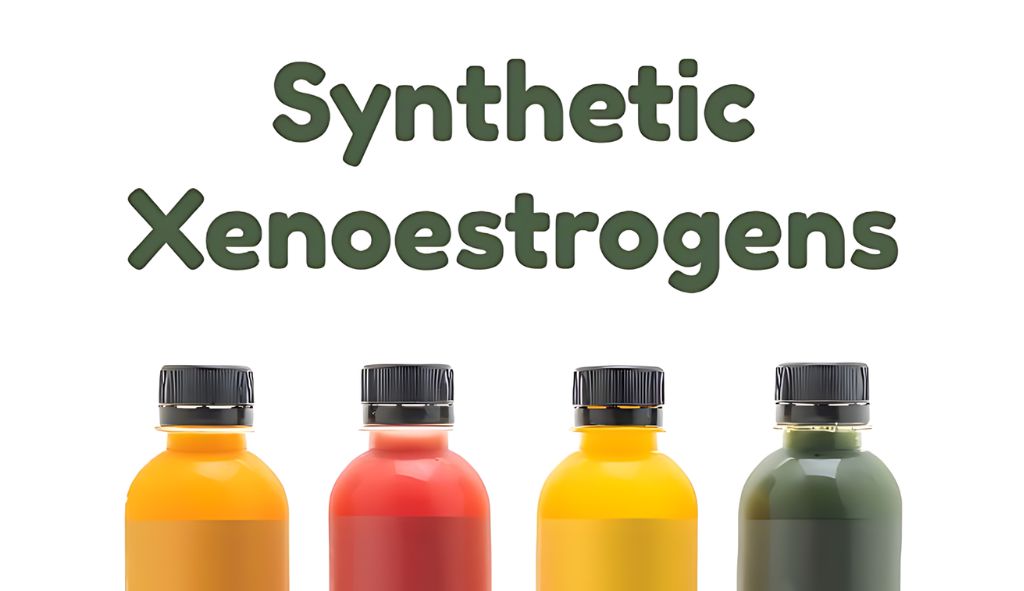Understanding Xenoestrogens & Oestrogen Dominance
By Dr. Joline Fernandes
Synthetic Xenoestrogens are industrial chemical compounds which have an estrogenic effect on living organisms even though they differ chemically from estrogenic compounds produced by the endocrine systems of a living organism. They are a sub-category of EDC (Endocrine Disrupting Chemicals). Xenoestrogens bind to the oestrogen receptors with potentially hazardous outcomes.
These are normally found in PCBs, BPA, phthalates, plastic packaging of foods and drinks, pesticides, herbicides, paraben-containing shampoos and soaps.
Oestrogen dominance
This is a condition wherein there are increased levels of oestrogen relative to that of the progesterone levels in the body. It may result from the overproduction of oestrogen in the body, changes in the oestrogen metabolism and excretion, or an imbalance in the oestrogen-to-progesterone ratio.
Causes in females: PCOS, overweight, obesity, medications, high cortisol level, liver issues, alcohol consumption, exposure to synthetic xenoestrogens.
Causes in males: obesity, consumption of oestrogen-containing nutritional supplements, exposure to xenoestrogens, high cortisol levels, high ginkgo, high ginseng
Foods that help: cruciferous vegetables, pomegranates, flaxseeds, sesame seeds, resveratrol-containing foods (peanuts, black grapes)
